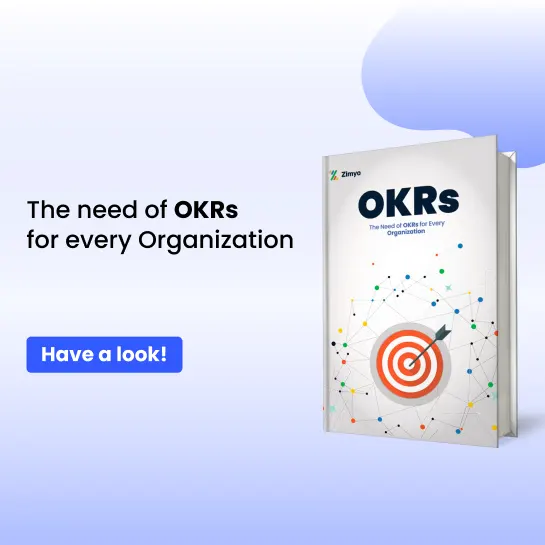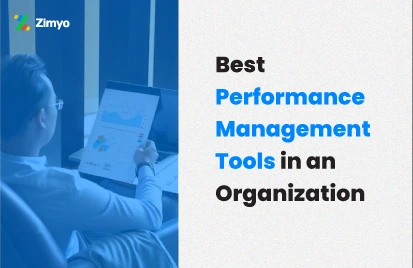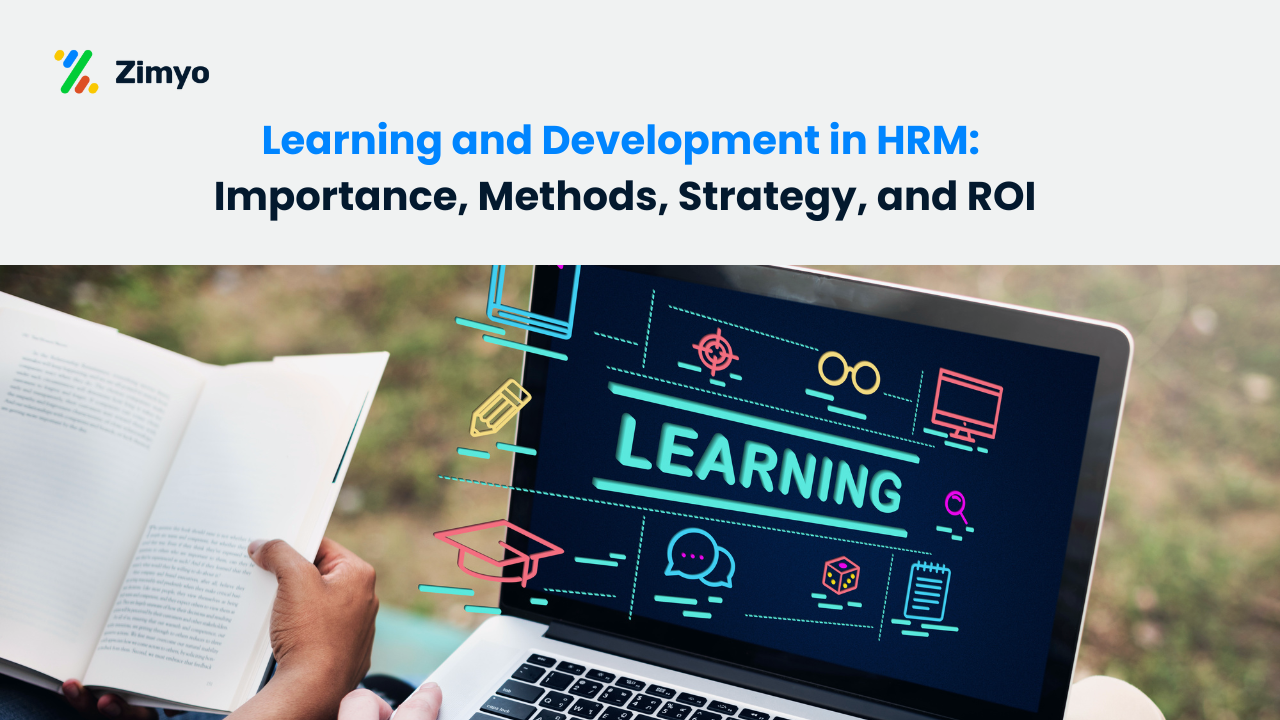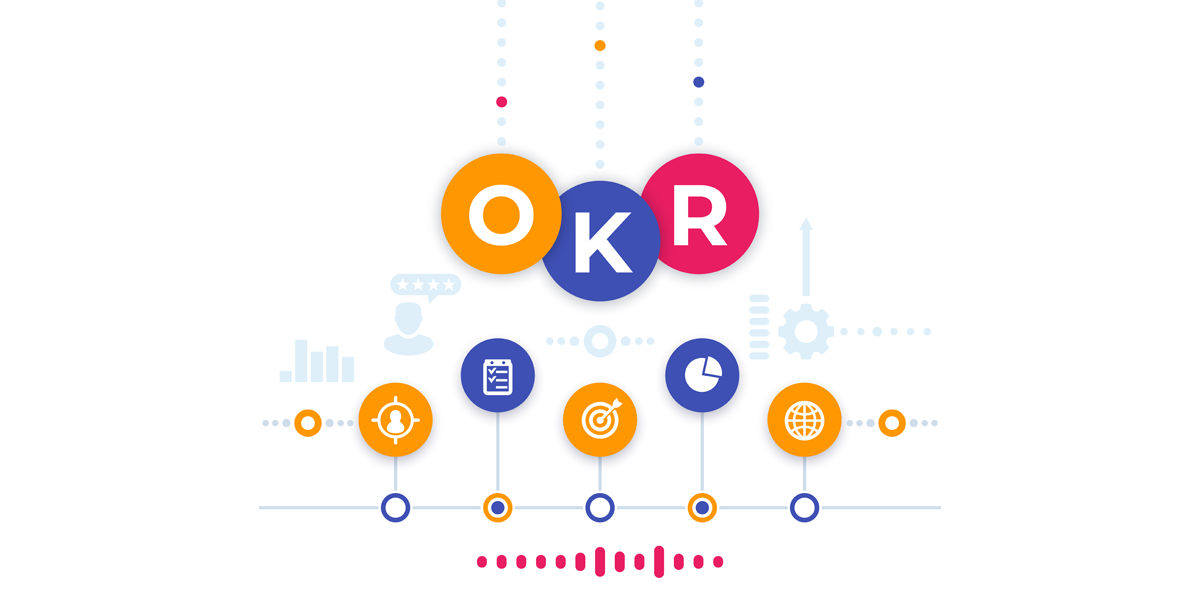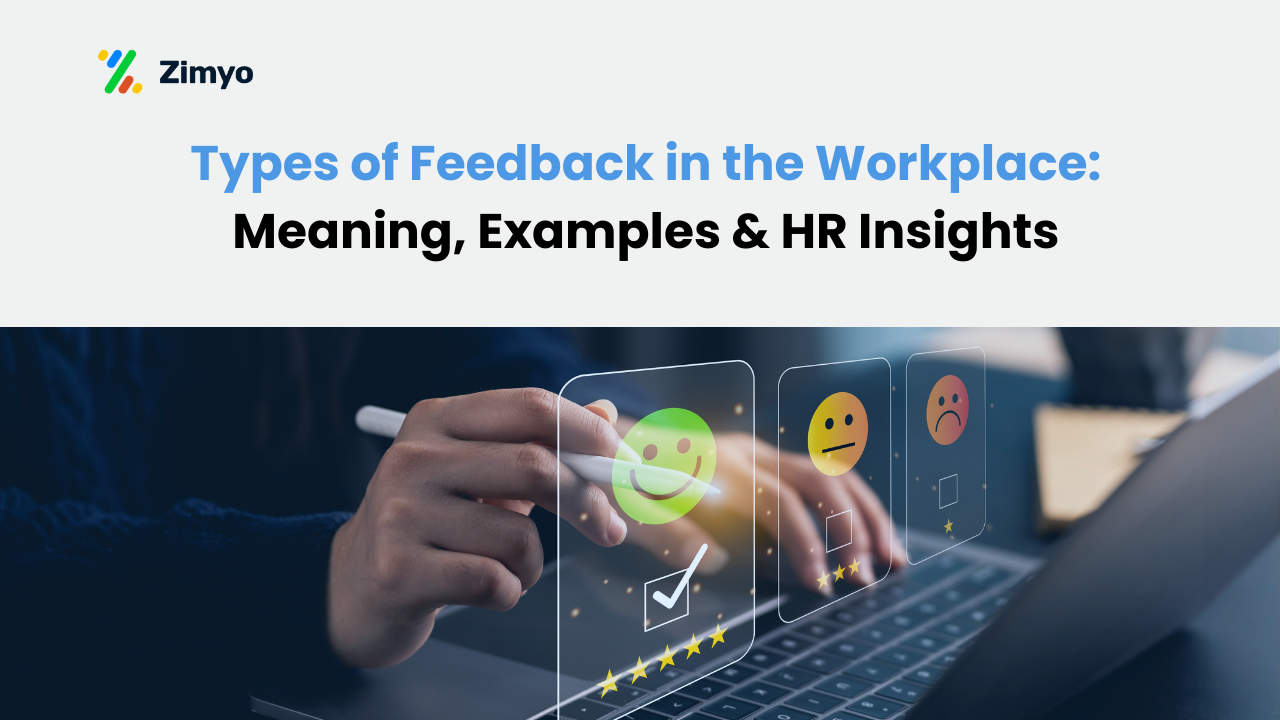Why Modern Workplaces Need Advanced Performance Management Tools
In today’s fast-changing work environment, performance management tools have evolved to keep up with the dynamic workforce and technological advancements. Relying only on traditional approaches like annual reviews and goal setting no longer effectively measures employee performance in a flexible work culture.
Why are Traditional Performance Management Methods Fading?
With the rise of freelance work, contract-based roles, and hybrid models, traditional performance management strategies are becoming outdated. To manage employee performance effectively today, organizations need to shift from rigid annual feedback to continuous feedback and real-time performance tracking.
What is Performance Management?
At its core, performance management is the process of identifying, measuring, and developing employee performance to meet strategic objectives. A performance management tool facilitates ongoing communication and feedback between managers and employees, ensuring that everyone stays aligned with the organization’s goals.
Why is Continuous Feedback Important?
The shift toward continuous feedback allows managers to monitor employee efficiency year-round, addressing concerns promptly and improving performance without delay. Continuous feedback not only helps employees grow but also aligns their efforts with the company’s vision.
How Can Performance Management Tools Benefit Managers?
Managers today juggle strategic planning, innovation, and team development. Performance management tools help by offering clear Key Performance Indicators (KPIs) and objectives, eliminating the need for daily micromanagement and empowering employees to track their progress.
How Do Employees Benefit from Clear Goals?
Employees perform better when they have defined goals and pathways to success. A structured performance management tool provides clear objectives, which, paired with incentives and bonuses, drive motivation and goal attainment.
Top Features in a Performance Management Tool
Every effective performance management process should include the following tools and features:
- Real-time feedback systems: For continuous communication and improvement.
- Goal-setting modules: To ensure that employees are aligned with organizational objectives.
- Progress tracking dashboards: To offer employees and managers visibility on performance metrics.
- Performance appraisals and reviews: For structured evaluation and growth planning.
In summary, a well-designed performance management tool is essential for achieving employee engagement, strategic alignment, and business success in today’s workplace.
The 10 Best Performance Management Tools
Here are the top ten performance management tools commonly used in any organization:
- 9 Box Grid
- 360 Degree Feedback
- Continuous Feedback
- On on One 1:1
- S.M.A.R.T. Goals
- 5As Test
- Personal Development Plans (PDP)
- Pulse Surveys
- Performance Review
- Performance Appraisal
Let us discuss all of these in detail:
1) 9 Box Grid
The performance management tool for improved succession planning and identifying the future leaders within the workforce. A 9 box grid distinguishes the employees’ performance according to their skills and accomplishments. Furthermore, it assesses the potential growth of each individual.
9 box grid is an influential performance management tool that segregates the workforce into nine groups according to their current performance and future potential.
The performance management tool that streamlines talent management allocates the employees of an organization into nine groups. Furthermore, measures and monitors their potential, and builds a culture of leadership among the workforce.
2) 360 Degree Feedback
A 360 feedback performance tool accelerates the performance capabilities of all employees by 3x with multidirectional reviews and comments.
Organizations use 360 degree performance software to provide quality feedback. Employees receive the same from not just their managers but from everyone around them. From colleagues to customers, they get a complete 360 degree insight into the employee and their performance.
A 360 degree feedback as a performance management tool obtains employee insights with improved transparency, data-driven processes, and easy configurations.
3) Continuous Feedback
A performance management metric that encourages employee growth in real-time with day-in-day-out feedback. A culture of continuous feedback implements a culture of performance suggestions in parallel. The entire process focuses on fairness and makes the feedback process a cakewalk.
Continuous feedback as a performance management tool improves employee morale and provides insights in real-time. Additionally, it also minimizes the time taken on task completion and ultimately creates an employee-centric and growth-driven process.
4) 1:1
1:1 (One on One) as a performance management tool strengthens the relationship within the teams and enhances overall employee competency.
1:1 helps acquire uninterrupted sessions with employees to review performance, eliminate barriers, talk plans, and much more. This performance management tool creates the opportunity for employers to get to know their employees on a personal level and make them feel valued.
With one on one in your performance management process, develop team loyalty, and create a sense of security. Enhance the morale and productivity levels and harbor a structured management and smoother communication.
5) S.M.A.R.T Goals
As a performance management tool, SMART goals set an individual up for success by making goals specific, measurable, achievable, realistic, and timely (SMART). This performance management metric develops a sense of encouragement, creates a pathway toward success, and assists in setting and achieving goals.
Organizations use goal-setting software as a form of performance enhancer tool as they collect the essential aspects and turn them tangible for achievement. Goals also help create a sense of accountability and allow individuals to assess the progress being made. The rising culture of OKRs (Objectives and Key Results) has emphasized the goal-setting way of work.
Organizations worldwide leverage OKR Software to set, track, and achieve goals. Google, Netflix, and Amazon are some elite examples of how OKRs and goal setting can take any organization to unicorn heights.
6) 5As Test
Some believe that ‘SMART’ only tells a part of a story in modern day, rapidly evolving organizational culture. In light of that, a new concept called the 5A test was introduced. Future-driven organizations are believed to set objectives that are assessable, aspirational, aligned, accountable and agile:
The 5As:
- Assessable
The objective should be clear and concise when being understood by the individual so they can move toward goal attainment quickly.
- Aspirational
The objective should be authentic and legitimate, bringing tangible results that would drive high performance.
- Aligned
The sole purpose of every objective should be aligned with organizational goals at the end of the day, which should lead to organizational achievement.
- Accountable
The owner of the objective should be responsible for it. Clarity on accountability, whether individual or shared, should be maintained.
- Agile
The set objectives should be achievable in the short term, and the objective’s measuring and monitoring should be frequent.
7) PDP (Personal Development Plans)
A performance development plan as a management tool for augmenting employee performance goes a long way. The PDP tool assists people in identifying areas for improvement, setting goals by measuring progress, and outlining a strategy to achieve the set objectives.
A PDP as a performance management tool aids the employees by driving their personal and professional development within the organization. A valuable tool to manage and streamline performance by strengthening the team and inspiring productivity and growth.
Organizations also provide on the job training as a PDP tool to their employees to revamp their careers and enhance professionalism in work.
8) Pulse Surveys
Pulse surveys are a brief and regular set of digital questions or employee performance questionnaire sent to employees as engagement surveys. They depict matters related to job roles, communication, relationships within the workforce, the working environment and culture, etc. The term pulse is used to signify the continuity of these surveys to gain employee insights.
The sense of anonymity that comes with this performance management tool creates a more reliable and honest culture. Pulse surveys develop a safe passage of communication for employees’ feedback.
They dig deep and figure out all the company’s triggers and gauge the workforce’s overall mood. Generating short and easy surveys as a performance management tool for employees leads to greater participation and robust results.
9) Performance Review
Performance evaluations in performance management tools analyze the entire workforce and prioritize people and skills accordingly. Employees get to know about their strengths and weaknesses and can work on them accordingly.
Performance reviews ensure that constructive feedback is shared with the employees’ time-to-time rather than being swept under the rug for months.
Review as performance management tool pivots to discover employees’ skills and competencies and simultaneously identify the top performers.
10) Performance Appraisal
Performance appraisal is an indispensable performance management tool that every organization has to bring into practice at some time or another. When it comes to performance appraisal as a metric to evaluate employee performance, these three functions are consistently implemented;
(1) Providing adequate and quality feedback to employees in accordance with their skills and performance
(2) To serve as a performance changer to develop effective working habits
(3) To provide data to managers through which they can evaluate future work assignments
Performance appraisals are an essential aspect of performance management tools and promote organizational and employee growth. It helps in gauging the productivity of an employee.
Organizations use performance management software to evaluate their overall workforce performance. To set goals, measure and track their progress, evaluate performance, give reviews and feedback, and provide rewards & compensation in accordance with their performance.
Benefits of Performance Management Tools
1. Provides Clarity
2. Improves employee efficiency
3. Enhances job satisfaction
4. Increases employee motivation
5. Enables decision making power of employees
Summing Up
Employee performance management tools and processes are crucial aspects that influence employee growth and organizational development very significantly. A Gartner report portrayed that 95% of managers are not satisfied with the performance management practices they’re implementing in their companies.
If organizations review their processes and utilize solutions like Zimyo as their performance management tools, they can keep their employees engaged and empowers their business to stay ahead of the competition.
Also Read : Top 11 Performance Management Software in India

